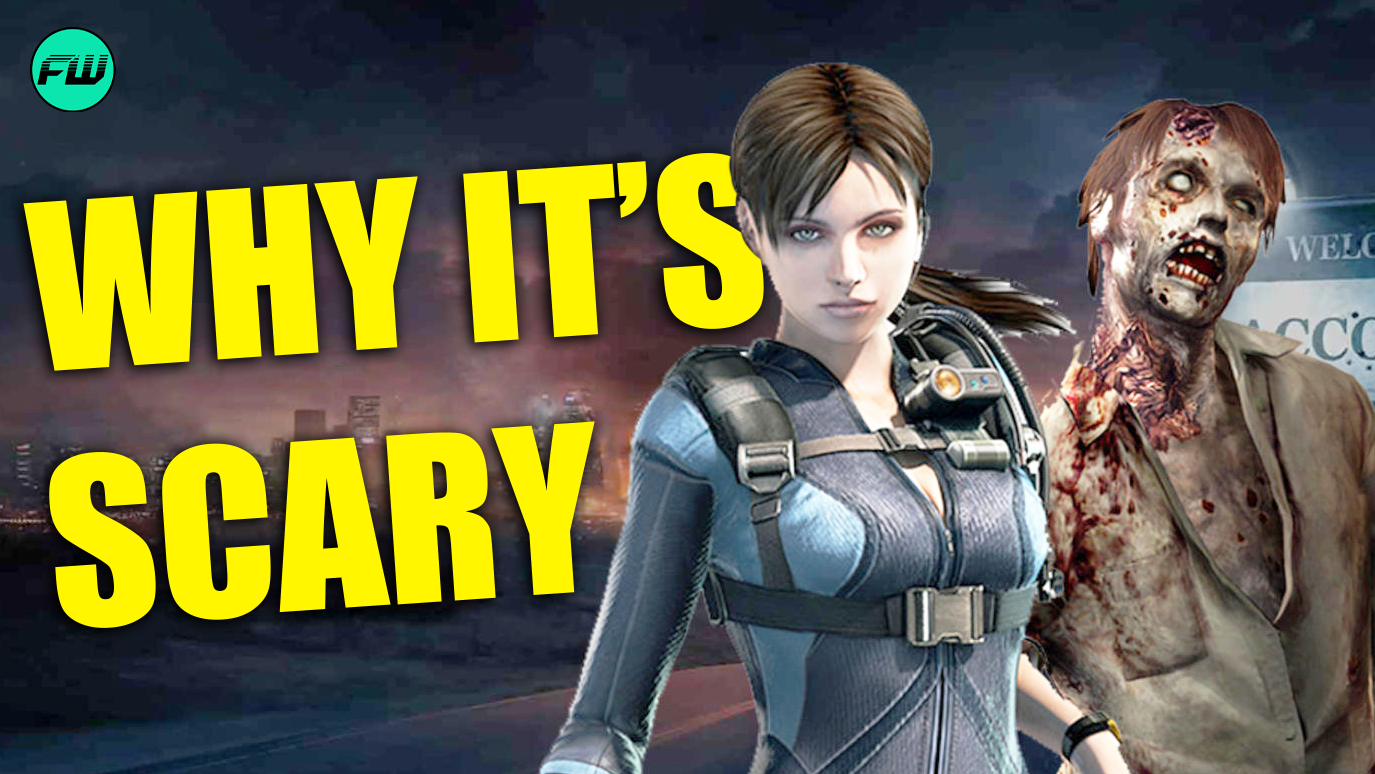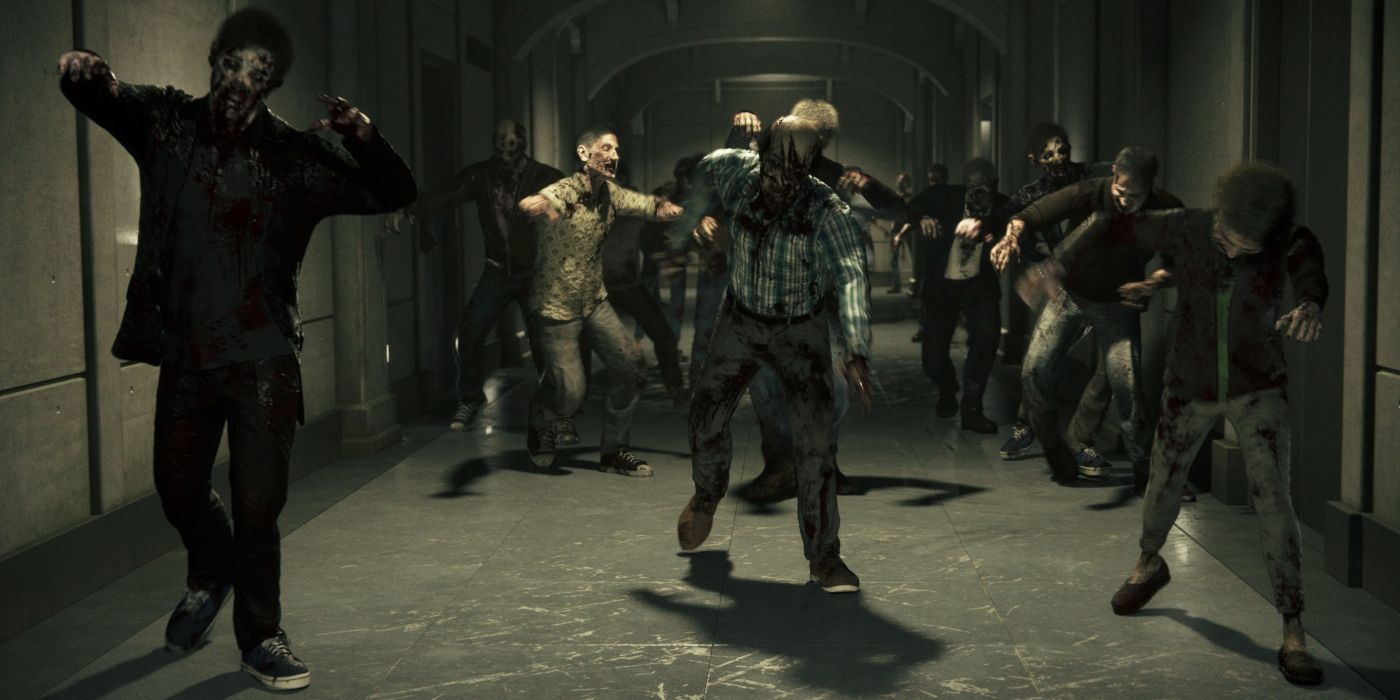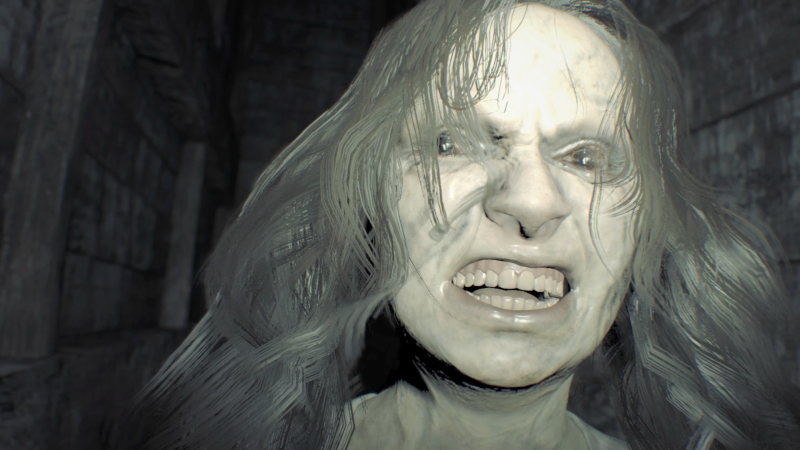1996 was a great year for horror games. It gave us titles that defined the genre, such as Alone in the Dark, Clock Tower, Silent Hill, and Resident Evil. The Resident Evil franchise has been the longest-running, with several Hollywood films based on it.
What made Resident Evil such a smashing success as a franchise, and how did it approach survival-horror and cultural horror tropes for both American and Japanese audiences in one game?
In this article, we’re going to look at how Resident Evil’s horror elements provided different scares to different cultures.
Science Fiction vs. The Undead
In 1996, Capcom released the original game as Resident Evil in North America, but it was titled BioHazard in Japan. This difference in regional titles may seem small, but it becomes important later.
In North America, it was received as a zombie survival-horror game. North Americans love to play zombie games, with so many titles like Left 4 Dead and Dead Rising over the years. Titles like Zombies Ate My Neighbors and House of the Dead had already proven successful in North America.
Also read: 19 Behind-The-Scenes Facts About Iconic Horror Movies That’ll Leave You Frightened
What wasn’t well-received by American audiences was Resident Evil’s storyline. A GamePro magazine called the storyline “laughable”, for example. What’s interesting is that while it’s the zombies that scared American audiences, it was that “laughable” storyline that scared Japanese audiences.
In Japanese cinema, zombies as a horror element were never experimented with until the early 1990s. Those B-horror films flopped, and Japanese culture generally laughs at zombies.
So why was it the storyline that scared Japanese audiences more than Americans?
It goes back to that title of BioHazard in Japan. The franchise’s storyline revolves around evil scientists developing a mutating virus, as part of a eugenics program. It’s actually a science-fiction horror. To understand why science-fiction horror would be “scary” in Japan, you simply have to look back to post-WW2 culture in Japan.
It was science that developed the nuclear bombs that were dropped on Hiroshima and Nagasaki, killing around 226,000 people, not to mention the long-term radiation effects on survivors.
Pre-order Resident Evil Village here!
Japan’s Godzilla may have seemed laughable to American audiences in 1958, but the crucial horror element for Japanese audiences was the fear of Godzilla triggering a nuclear holocaust in post-war Japan.
So just to put things simply, zombies are laughable in Japan. But advances in science that can wipe out entire populations, and eugenics programs to make the “perfect human race”? That’s literally terrifying in Japanese culture because Japan actually has experience with those horrors.
The Tense Atmosphere & Jumpscares
As survival-horror games, the first three Resident Evil games had you navigating through dark mansions, science lab corridor mazes, and city alleyways crawling with zombies
The zombies aren’t much of a threat to the player, so Resident Evil used tight camera angles and dim lighting, with cinematic jumpscare moments. You can find many survival-horror games paying tribute to these gameplay elements, such as haunted mansion games on CrazyGames.
Also read: 19 Horror Movie Actors Who Deserved Oscar Nominations
For example, the iconic cinematic when you approach the first mansion zombie. The original PSX graphics haven’t aged well, and you put down the zombie in just a few shots, but in that era of gaming it was a real “oh crap, what do I do now?” moment. We were still getting used to the fixed camera controls, and this ravenous creature was lurching towards us.
And later in the game, when zombies you’ve previously killed are resurrected as “crimson heads”, and can chase you much faster down the mansion hallways. Even by today’s standards, those still hold up as tense and terrifying moments in classic Resident Evil.
Resident Evil 4, 5, and 6 used a more action-oriented gameplay style, and the series became much more focused on shooter mechanics. The over-the-shoulder camera was added, with ammunition more widely available, turning the series into a third-person zombie shooter, with platform-puzzle sequences. Resident Evil 6 in particular was known for its frustrating co-op puzzles that could kill friendships.
Also read: Black Panther 2 Plot Details Revealed (EXCLUSIVE)
Resident Evil 7 however was truly terrifying, as it returned to the series roots as a scary-mansion survival-horror game, this time with all the modern HD graphics and virtual reality support. It took home “Best VR Game” at the Game Awards, and there are thousands of Resident Evil 7 “scary moment reaction” videos on YouTube.
Conclusion
By combining elements of horror that would appeal to both Japanese and American culture, and giving us plenty of horror-flick jumpscare moments, the Resident Evil series had a bit of everything that would scare different audiences. Giant spiders and snakes, zombie dogs crashing through windows, being crushed by ceilings – there were bits of phobias in Resident Evil for everyone.
I’m certainly excited to see what they have in store with Resident Evil 8, set to be released in 2021.
Follow us for more entertainment coverage on Facebook, Twitter, Instagram, and Letterboxd.
Note: If you purchase an independent product featured on our site, we may earn a small commission from the retailer. Thank you for your support.



